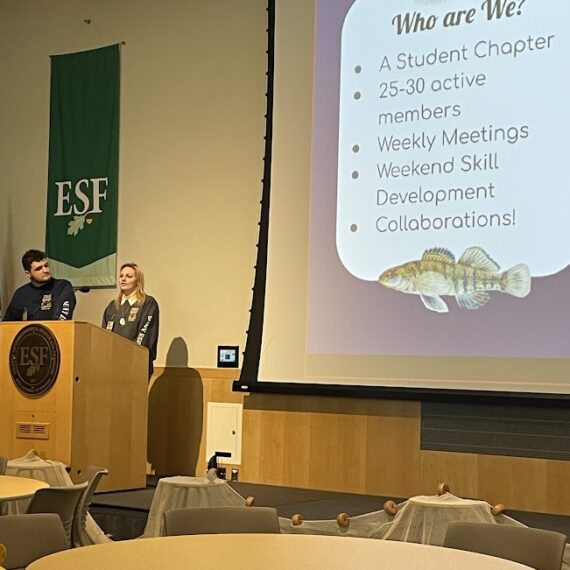CSI's Water Quality Indicators: Chloride in Context
As someone who drives route 13 from Cortland to Ithaca every day, I am grateful for road deicers, especially during this time of year. They are absolutely critical for keeping roads safe for drivers, pedestrians, and cyclists. In fact, road deicers reduce the rate of car accidents by at least 78%! Unfortunately, those deicers eventually run off the roads and end up in our streams in lakes, elevating chloride levels… In a recent review article published in Frontiers in Ecology and the Environment, authors explore the trend of increasing salinity of freshwater due to road deicers.
The most common salt found in both solid and liquid road deicers is sodium chloride (NaCl), although other salts like calcium chloride (CaCl2) and magnesium chloride (MgCl2) are sometimes used as well. Over the years, the amount of NaCl applied to roads as road deicer has steadily increased and as expected, the authors find that in colder regions of the US, a substantial amount of deicing salt is being used per unit area. This is concerning because elevated chloride can be harmful to freshwater organisms and drinking water supplies. When the authors reviewed lake, stream, and wetland chloride data, they found that chloride concentrations were frequently elevated and increasing over time. The authors concluded that the Environmental Protection Agency’s (EPA’s) current thresholds for chloride (230 mg/L for chronic exposure and 860 mg/L for acute exposure) are not enough to protect water quality. The EPA’s thresholds are often exceeded and don’t account for lethal and sublethal effects of chloride below these thresholds that have been documented in the literature. Further, road salts can increase the concentration of other contaminants present in water; these interactions are not taken into account in EPA thresholds either.
Drinking water is impacted by chloride contamination as well. One New York study found that 24% of private wells were contaminated by deicing salts. This is concerning beyond the direct impacts of sodium on human health and chloride on the taste of drinking water. NaCl can also mobilize heavy metals (e.g. lead, mercury) and radium and in turn increase concentrations of these harmful substances in drinking water.
Though there are alternatives to deicers, these carry their own risks. Instead of advocating for a switch to a different system entirely, Hintz and colleagues suggest applying best management practices: pre-wetting roads before snow and ice arrive and using live-edge snowplows can decrease the amount of salt needed. Equipment should also be calibrated properly according to the specifics of a given storm to only apply as much salt as is actually necessary. Adhering to these best management practices may help us to strike a balance between the safety offered to drivers by road deicing and the dangers associated with too much deicing. Want to learn more? Check out the article yourself for more details!
-Grascen Shidemantle, Executive Director



